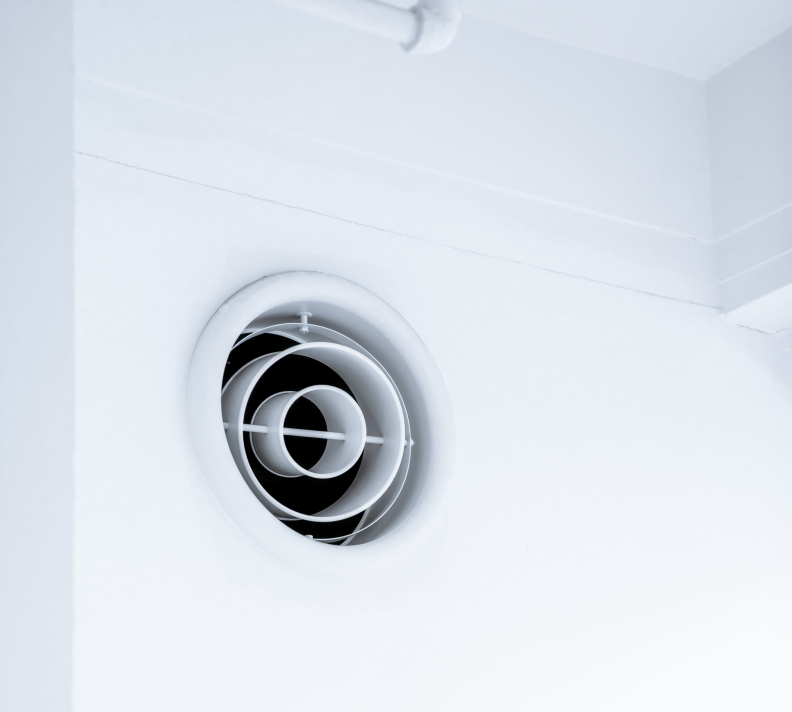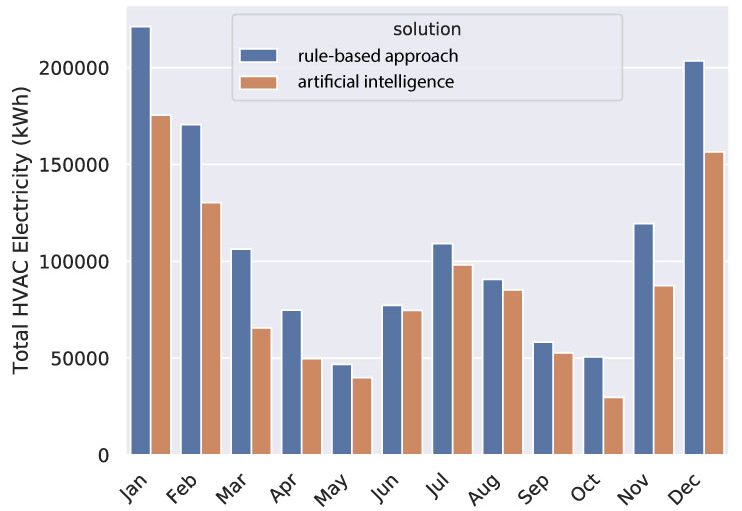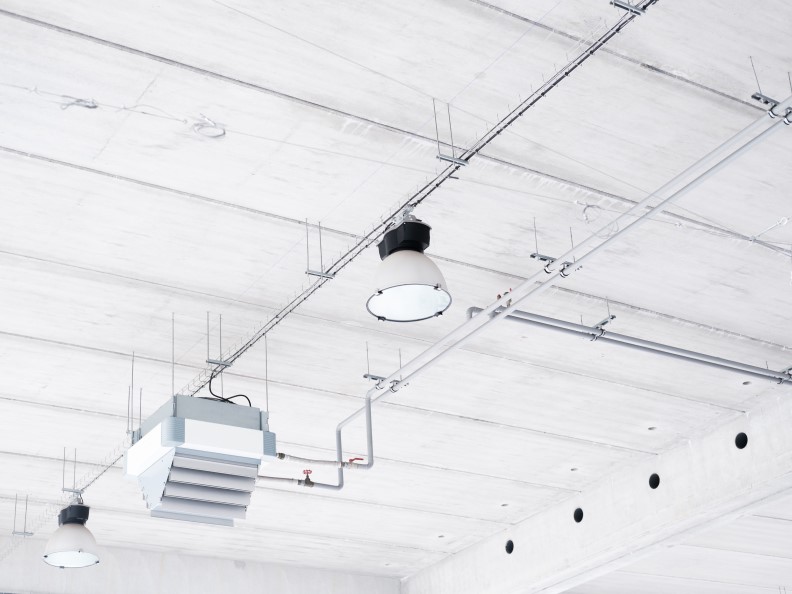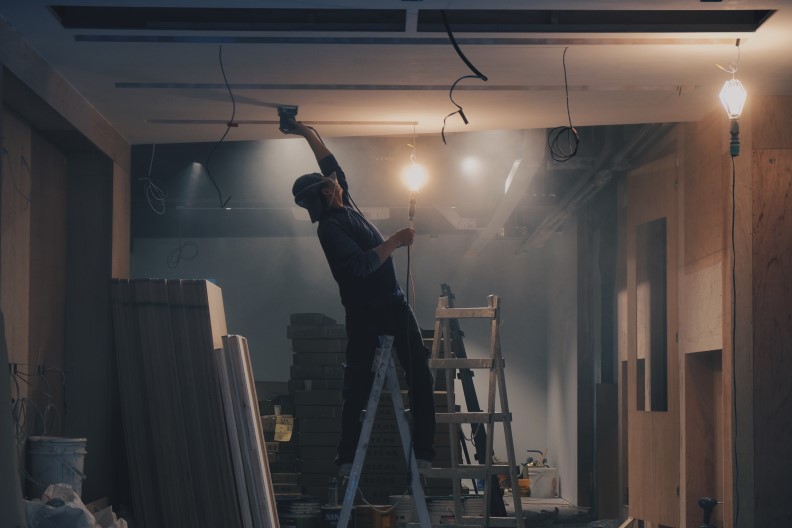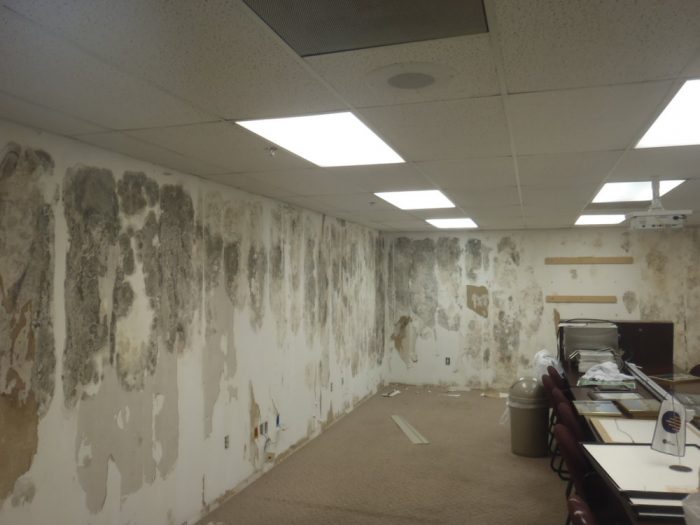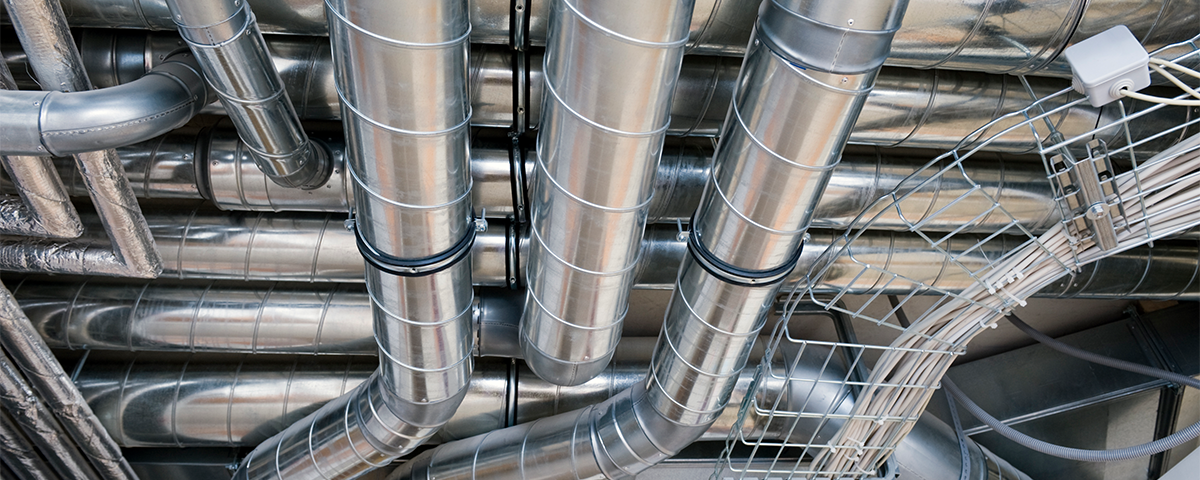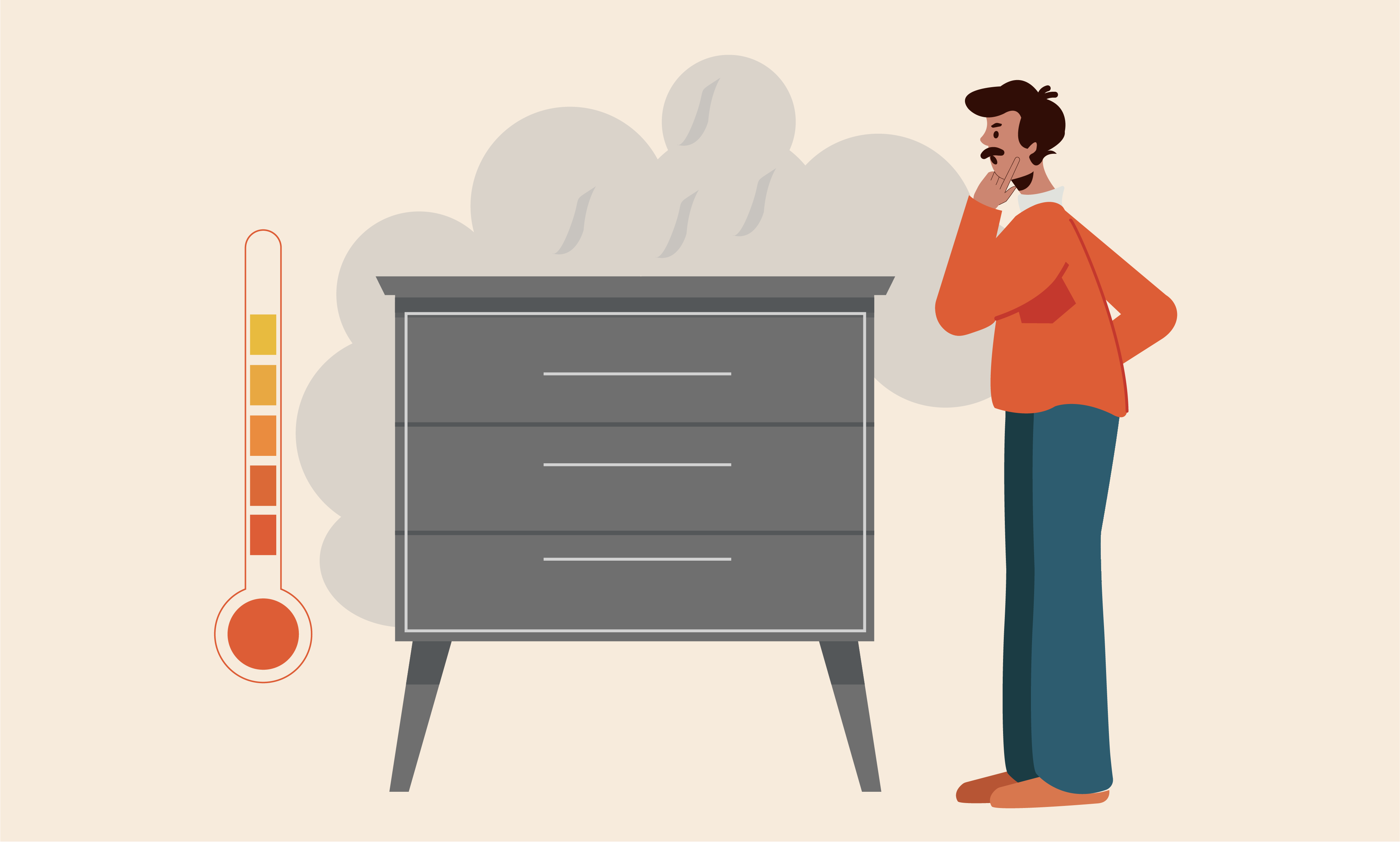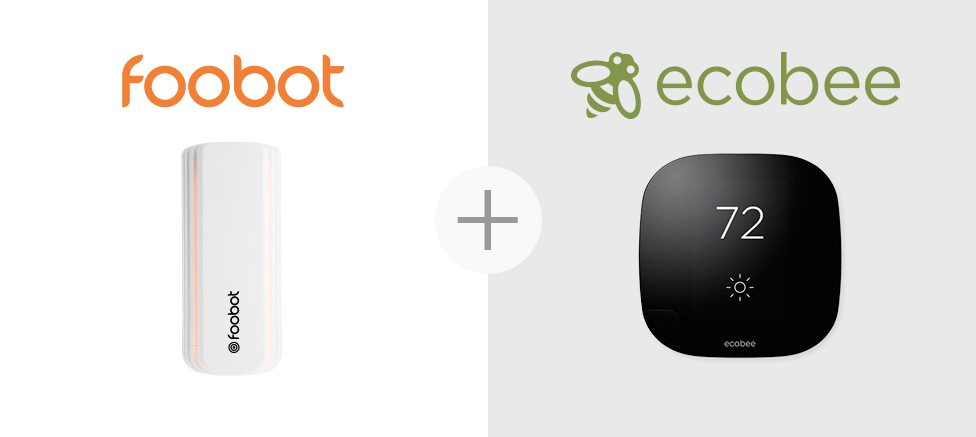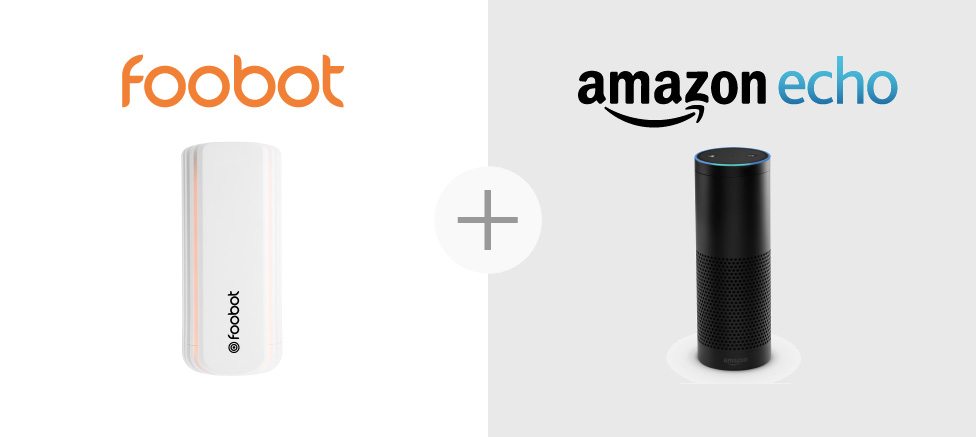Categories
Le développement durable et la responsabilité environnementale sont des enjeux de plus en plus pressants. L’efficacité énergétique est devenue une nécessité, et le système de management de l’énergie (EMS pour Energy Management System) est un outil stratégique pour y parvenir.D’autant plus que les entreprises sont désormais soumises à des réglementations plus strictes, comme le décret […]
Deep energy retrofits can often reduce the energy consumption of buildings by 50% or more. Considering their scale and cost, these retrofit projects must be planned and designed carefully to maximize their return on investment. However, there are many simple and low-cost energy efficiency measures that can be deployed as a first step before a […]
This technology brings trust (and potential profitability) to every building energy retrofit project
Energy efficiency upgrades for buildings often focus on specific components, such as lighting fixtures and electric motors. However, building elements are not independent from each other, and they operate as a single energy-consuming system. The best opportunities to save energy are found when a technical analysis covers the entire building. Since energy efficiency represents a capital […]
Building owners benefit from having both energy efficiency and indoor air quality. While energy efficiency reduces operating costs, IAQ improves the built environment for occupants. There is a common misconception that you must choose between both benefits – many owners believe that air quality requires more energy, and that efficient ventilation reduces air quality. However, […]
Every human adult breathes more than 3,000 gallons (11,000 litres) of air every day, this is the equivalent of swallowing 3,000 1 gallon water bottles a day. People wouldn’t drink water that is contaminated, hence we have control systems to ensure the water we drink is safe. Still, if you suspected that the water you […]
HVAC systems represent the largest share of energy consumption in commercial buildings. Space heating is a larger load for buildings in cold climates, while air conditioning is a larger load in warm climates. However, HVAC systems as a whole normally use more energy than any other system. In 2016, the New York City Urban Green Council […]
According to the 2019 Global Coworking Survey, 90% of all profitable coworking spaces have over 200 members. In addition, the 2019 State of Coworking study found that coworking spaces have an average of 90 members, and that only 11% have 300 or more members. Having plenty of clients not only increases revenue: they also create […]
The most successful companies in the world follow research data to improve their employees’ productivity. That includes office environment. An office environment can be described using measurable and subjective factors. The former could be, for example, indoor temperature, the concentration of air pollutants, or noise. The latter refers to how the workplace is perceived by employees. Scientific […]
Landlords and property managers, when considering energy efficiency solutions for their buildings, need to assess the payback time and return on investment. Thus, it’s essential for them to predict accurately how much energy will be saved after changes will be made. So the industry, architects, engineers, and energy modelers, instead of “hoping for the best” or […]
Open-plan offices have become very popular in recent decades, and in great part they were popularized by the high-tech companies of Silicon Valley. According to these companies, an open-plan office removes physical barriers to promote more communication and collaboration among employees. Real estate costs also drop by around 20% with open-plan offices, and this has […]
Thermal comfort is a complex topic, which involves both measurable data and subjective factors. Modern heating and air conditioning systems can control indoor temperatures very accurately. However, finding a temperature that makes everyone comfortable is difficult. This is especially true for office buildings, which may have hundreds or thousands of occupants, of different genders and […]
“Artificial intelligence” is everywhere in marketing materials and trade shows related to smart buildings. It’s true, Ai plays a key role in energy management, in HVAC management in particular as heating, cooling and ventilation are one of the largest energy consumers in most buildings, representing as much as 50-60% of the total energy consumption. Better […]
Building management is a thankless task. When things are going well, nobody notices. But when things go wrong, and the conditions in a building are suboptimal, people definitely notice. Increasingly, technology is able to help in this regard. And one revolution that’s particularly interesting lies in the field of machine learning. What is machine learning?Essentially, machine learning is […]
Is carbon dioxide harmful? The answer to this question depends on the scale. There is no doubt that rising carbon dioxide is harmful for the environment, and it has been identified as the main greenhouse gas responsible for climate change. However, if we are dealing with offices and other indoor environments occupied by humans, carbon […]
Most of the substances that pollute indoor air are impossible or very difficult to detect with human senses alone, and the goal of indoor air quality is to prevent exposure to them in the first place. The US Environmental Protection Agency has created a compendium of the methods that can reliably determine the presence of […]
Formaldehyde is a volatile organic compound (VOC) whose molecules are composed of one carbon atom, one oxygen atom and two hydrogen atoms – its chemical formula is CH2O. It is a colorless gas at room temperature, but can be detected due to its pungent smell and suffocating effect. In general, formaldehyde is produced when hydrocarbons […]
A well-designed ventilation system is fundamental for energy efficiency and indoor air quality in buildings. Air pollutants accumulate when ventilation is too low, but an excessive ventilation airflow represents a waste of energy. Ideally, a ventilation system should keep pollutants at safe levels, while achieving the lowest operating cost possible. This can be achieved by […]
Demand controlled ventilation achieves energy savings by optimizing the outdoor ventilation airflow provided to a building. This not only saves fan power, but also the energy cost of heating and cooling the outdoor air. However, consider that DCV is an investment, and having an accurate budget of the installation is very important.Providing a general rule […]
Demand controlled ventilation is among the most effective HVAC efficiency measures, reducing airflow when occupancy, normally measured from a CO2 sensor, decreases. However, an airside economizer (according to ASHRAE standard 90.1) is also effective in many climate zones. Thanks to its temperature sensor, this device is capable of detecting when the outdoor air (OA) has a suitable […]
DCV is becoming a popular measure for ventilation systems, due to its benefits. DCV can improve both energy efficiency and indoor air quality, and it can help buildings meet the requirements of certification programs like LEED and WELL. Since the outdoor airflow is optimized, DCV can also reduce the cost of heating or cooling that […]
The basic principle of demand controlled ventilation (DCV) is adjusting the outdoor airflow (OA) based on occupancy. However, consider that every building is unique, and the optimal DCV strategy changes accordingly. Ventilation systems can also be equipped with air pollution sensors, allowing a response to pollutants that are not related with occupants.All DCV designs must […]
Demand controlled ventilation has been deployed mostly in commercial and industrial buildings. Residential applications of demand control ventilation have been more limited, since many homes use natural ventilation. The multifamily residential sector has provided more opportunities to deploy demand control ventilation, especially in the common areas of buildings.Ventilation requirements for homes have been historically simpler […]
Demand controlled ventilation, or DCV, is one of the most effective methods to improve the energy efficiency of HVAC systems. DCV is based on a simple principle: when indoor spaces are at partial occupancy, the full design airflow is not needed. The equation is simple: moving less air requires less fan power, reducing electricity expenses. Since the […]
Demand controlled ventilation (DCV) is often discussed in building designs and energy efficiency projects. The concept may sound technical, but the underlying principle is very simple. Providing just the right airflow needed is more efficient than using fans at full power all the time.There are several basic requirements to make demand controlled ventilation possible. The […]
Demand controlled ventilation can be used in both single-zone and multi-zone systems. In both cases, DCV saves energy by adjusting airflow according to the number of occupants. In addition, if the system is able to measure the concentration of certain air pollutants, it can respond to pollutant sources that are independent from the number of […]
Demand control ventilation focuses on optimizing the outdoor airflow according to occupancy. However, the energy savings of DCV extend beyond air handling equipment. The entire HVAC system becomes more efficient, and this includes air conditioning and space heating.A constant supply of outdoor air (OA) is necessary to conserve indoor air quality in buildings, keeping the […]
Energy efficiency is increasingly becoming an important aspect of modern construction. In spite of whether a building is a few years old or just about to be constructed, installing a Demand Control Ventilation is now the preferred ventilation for most people. This system surpasses the traditional ventilation systems in many ways when it comes to […]
Demand controlled ventilation consists on adjusting airflow according to the number of occupants, with the goal of reducing fan energy consumption. Less airflow also requires less heating and cooling, leading to additional HVAC savings. However, energy efficiency can be improved further with a heat recovery system.Heat recovery ventilation (HRV) consists on exchanging heat between the […]
DCV has the goal of adjusting the air supply as needed, according to the number of occupants. Modulating the available cfm is much more efficient than keeping the fans at full power all the time. There are many methods to monitor the number of present people, such as using motion detection sensors. However, measuring the […]
DCV leads to more efficient HVAC installations, while improving indoor air quality. Basically, a DCV system provides just the right flow of air based on floor area and occupancy, instead of using the maximum flow rate available from fans all the time. However, DCV is only effective with adequate controls.The main control input for a […]
When designing a demand controlled ventilation (DCV) system, mechanical engineers must be aware of the latest requirements in building codes. Since technological innovation does not stop, codes and standards are updated at regular intervals. Both ASHRAE and the International Code Council (ICC) review their standards at three-year intervals. Local governments tend to upgrade their codes […]
Demand controlled ventilation can be considered an investment, where building owners add sensors and fan controls to reduce HVAC costs, and/or to meet a set of standards such those from ASHRAE. The savings from other measures like LED lighting can be estimated with relative ease, but the procedure is more complex for DCV systems. Lighting savings […]
Demand controlled ventilation, or DCV, is defined by ASHRAE Standard 62.1 as any method that reduces the outdoor airflow supplied to a zone, based on occupancy sensors or other ventilation requirements. This ASHRAE standard also clarifies that an estimated occupant count is acceptable, when knowing the exact number of persons is technically unfeasible.The main purpose […]
Title 24 of the California Code of Regulations (CCR) contains the California Building Standards Code. In particular, demand controlled ventilation is covered under Title 24, Part 6: Energy Efficiency Standards for Residential and Nonresidential Buildings. This set of regulations is also known as the California Energy Code.Ashrae standards are the main design reference for ventilation […]
LEED stands for Leadership in Energy and Environmental Design, one of the most popular certification frameworks for green buildings with sustainable systems that go well beyond HVAC. The certification was developed by the US Green Building Council (USGBC), and internationally it is managed by Green Business Certification Inc (GBCI).Before a building can get this certification, […]
The design process for demand controlled ventilation is covered in depth by Ashrae standards and building codes from around the world. However, a special approach is required when DCV is used in existing buildings. Since there is already a ventilation system in operation, the design process must determine how it will be enhanced with DCV […]
Indoor air quality and HVAC expenses are determined in great part by ventilation. A higher airflow requires more fan power, and depending on the season this can also increase air conditioning costs or space heating costs. However, there is a limit to how much the ventilation airflow can be reduced, since fresh air requirements increase […]
The term “asthma trigger” is used to describe anything that causes asthma symptoms in patients. We tend to associate asthma flare-ups with substances like tobacco smoke, but they can also be triggered by physiological or emotional factors. Indoor air quality (IAQ) initiatives are especially beneficial for asthma patients, since many triggers are kept under control […]
With the increasing advancements in ventilation technologies, demand controlled ventilation (DCV) systems have become a major factor for indoor air quality. Demand controlled ventilation systems are particularly beneficial in meeting rooms, where occupancy and pollutant accumulation may reach harmful levels. The Basics of Demand Controlled VentilationDemand controlled ventilation can enhance heating, ventilation, and air conditioning […]
Air-handling units (AHU) have a very important role in HVAC installations, since they keep an adequate ventilation airflow for indoor areas. Air handlers have a much lower energy consumption than heating and cooling equipment, but their airflow determines the workload on the complete installation. If more outdoor air is being supplied by the air handler, […]
Most people think of building management systems merely as a means to improve the energy and resource efficiency of buildings and offices. However, research reported in two recent news articles has raised an enticing possibility: Intentional building management may also be a means to increase the productivity of workers. The New York Times article “Is Conference […]
Building management companies face a different set of challenges than homeowners when it comes to mold control. The first and most important is the scale of operations: keeping mold under control across many residential and commercial buildings requires dedicated staff members and an action plan that ensures all buildings are kept in check, even if there’s just […]
Indoor air quality (IAQ) is an ongoing process: the natural tendency of interior spaces is to gather pollutants, not to get rid of them. Poor office air quality can lead to discomfort and a series of health issues, as well as a decrease in productivity, so you should not overlook the topic. If you want to […]
Quick Navigation Particulate MatterMold & Other FungiVolatile Organic CompoundsTrichloroethylene (C2HCl3)Formaldehyde (CH2O)Benzene (C6H6)Xylene (C8H10)Pet DanderDust MitesPollenOzone (O3)Ammonia (NH3)Carbon Monoxide (CO)RadonLeadArsenicAsbestosMake The Invisible, Visible One of the key elements of indoor air quality (IAQ) is keeping pollutant levels under control. There are many substances that degrade air quality, each generated from different sources and producing a distinct […]
More than 26.5 million people are diagnosed with asthma in the US, and more than 6 million of those affected are children. The most susceptible of those children are those who live in low-income neighborhoods. The direct correlation between income and treatment received isn’t a difficult one to connect; poor families live in poor neighborhoods […]
Air duct cleaning can be a tricky maintenance activity. When performed correctly, it has the potential to improve HVAC performance and indoor air quality. On the other hand, a poor cleaning procedure may worsen existing problems. In general, you should only clean your air ducts if there are valid reasons, and not as part of […]
We often have the wrong perception that most air pollution leaks into our meeting rooms and offices from outdoors. The truth is, outdoor air is usually cleaner than indoor air, and most air pollution is generated inside – this is true even in urban areas. Of course, there are situations where outdoor air becomes more polluted. […]
What are the airborne pollutants tracked by governments? What are the threshold limit values, why do they vary? This article shows how much we need for a global air quality standard…
Furniture, clothing and many other products used in households are exposed to noxious chemicals during their manufacturing process. These chemicals can be absorbed by various types of surfaces, especially porous materials, and many are classified as volatile organic compounds, or VOCs. These substances are notorious for causing irritation and allergic reactions in humans, and have […]
Air purifiers improve the quality of the air you breathe, as implied by their name. Although their common goal is to eliminate harmful substances from the air, there are many viable methods to accomplish this, including mechanical filtering, ionization, and chemical methods.Mechanical filtering is the simplest method, since its consists on trapping airborne particles without […]
Foobot is one of several indoor air quality monitors to reach store shelves in recent years. But in the science and HVAC worlds, devices have been measuring air quality for decades. Being professional-grade, these older devices are incredibly accurate and reliable… but expensive. Decent ones start around $5,000 while many others cost multiples of that. Home […]
Have you ever heard that adding plants** at work can boost productivity by 15%? Green plants have indeed a remarkable ability to remove noxious substances from indoor air while replenishing oxygen, and there is experimental evidence from NASA that proves this. A green wall is basically a wall made from plants, which includes space for soil […]
Indoor air quality (IAQ) often takes a back seat to energy efficiency, but it is equally important if you want your space heating, air conditioning and ventilation to perform at their best. Improving IAQ makes your home more comfortable, and breathing less air pollutants saves you plenty of medical expenses in the long run. The […]
The Foobot indoor air quality monitor was built as a friendly part of the family. The white box checks the air constantly to check for pollutants in one’s home, keeps track of the levels over time, and alerts a building’s occupants when they’re in danger. It lights up blue when it’s happy and orange when […]
For once, we’ll discuss outdoor air quality – we spend most of our time indoors, but outdoor air quality is also important for many reasons. Building ventilation systems draw air from outdoors to replenish indoor air, and we are of course exposed while commuting or taking a walk. This is not a breaking news, outdoor […]
Mold is a type of fungus and one of the most common sources of indoor air pollution. Mold is not harmful in the Roquefort cheese above, it’s not harmful either when found outdoors in nature, as it even helps break down dead organisms and decaying matter. However, when mold grows indoors it becomes a problem:Negative health effects: […]
There are many ways in which technology can be deployed to enhance indoor air quality (IAQ), including ventilation system upgrades, humidity controls, air filtering, or recently smart home automation. So, why improve air quality with… just plants? As NASA found out in their space stations, the use of indoor plants** offers some exclusive benefits that […]
De Mystifying The Invisible Enemy In Every Building Understanding what indoor pollutants are and the specifics of indoor environmentsDownload the Whitepaper PDF What’s in the whitepaper?In this 16 pages guide, you’ll learn: What’s the difference between good and poor air What the different types of indoor pollutants areThe different technologies for air sensorsThe close relationship between […]
The breath you just took is full of history. Two millennia ago, Julius Caesar drew his final breath before dying at the hands of his assassins. Odds are that at least one of the molecules in that breath is in your lungs right now. It makes no difference if you’re in Rome, Japan, Argentina or […]
“It was the best day of my life,” Sigrid laughed. “I finally knew the cause of my breathing problems.”She spoke of the day she was diagnosed with asthma.Before that day, when she would get an attack, she didn’t know how bad it would get because she didn’t know what was going on. Now she knew […]
Childhood asthma has been a big issue in the US for the past decade. According to the National Institute of Health, more than 6 million children have asthma, and it’s the third cause of hospitalization. Where does asthma come from? Your home is surrounded by tiny micro threats, but do you see them? They are many […]
The Growing Need of Data in Managing Indoor Air Quality Your starting point to become an indoor air quality expert What’s in the whitepaper?In this 16 pages guide, you’ll learn: The basics about indoor pollution The different sorts of pollutants and their sourcesThe current […]
This fancy title refers to a very smart bee indeed… to ecobee, a leading player in the connected thermostat world. We have been following this very serious company and their products for a while. If you need more backup, there was quite of a buzz around them a few weeks ago after ecobee announced Amazon […]
Today, the well-known automation web service IFTTT disclosed a big new feature: the ability to create IFTTT recipes on the fly from within a 3rd party smartphone app.Foobot has the privilege to be one of the 14 apps running IFTTT in-app for its launch.At first, it’s not necessarily obvious why this is going to improve […]
Amazon Echo is probably the hottest connected device around, and for the past few months, a quickly growing ecosystem is building around it. Now Foobot provides Alexa with air quality monitoring ability.
Up to now, ventilation was quite boring: a regular flux of air, and a boost mode. Whenever your kitchen was full of smoke, you would have the boost mode activated. End of the story. With the new Nest+Foobot feature, your ventilation system is going to be slightly exciting.




